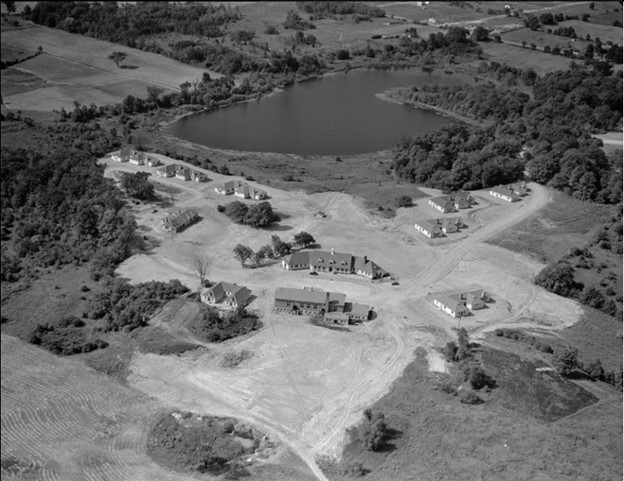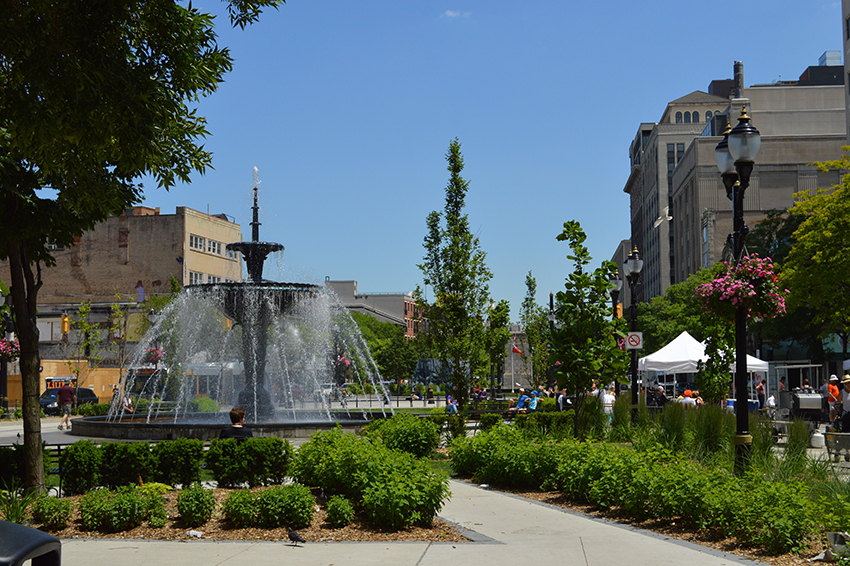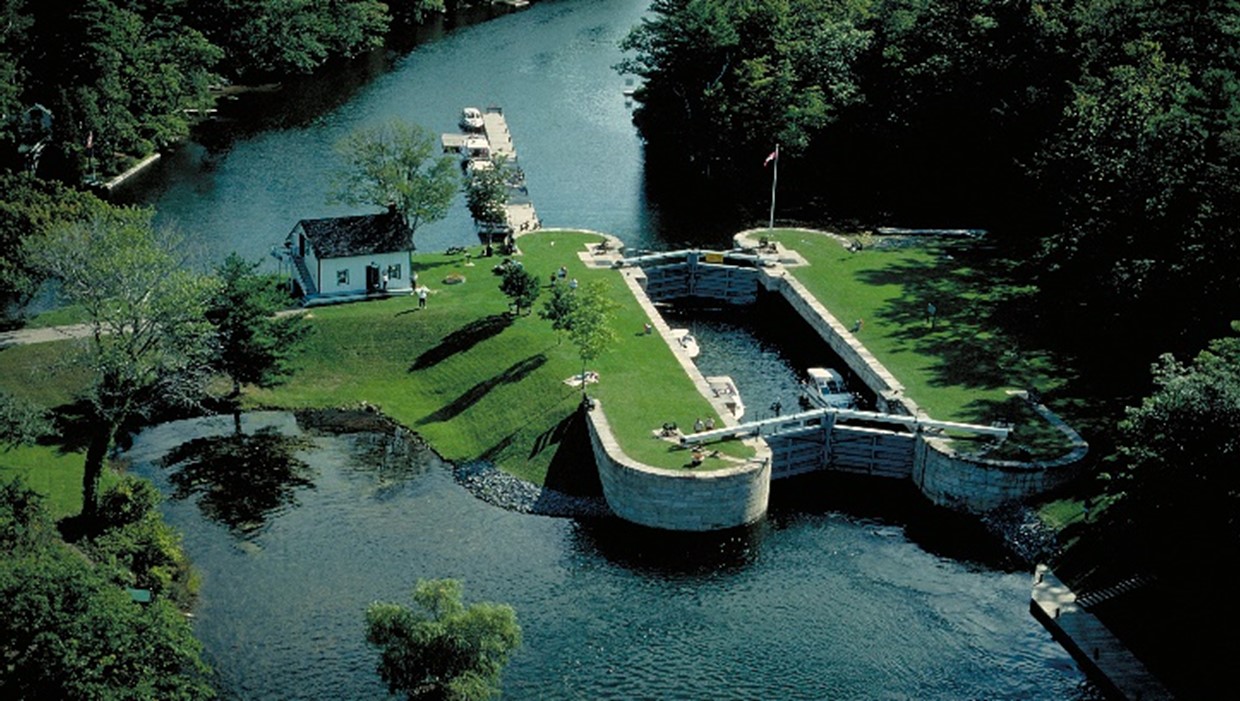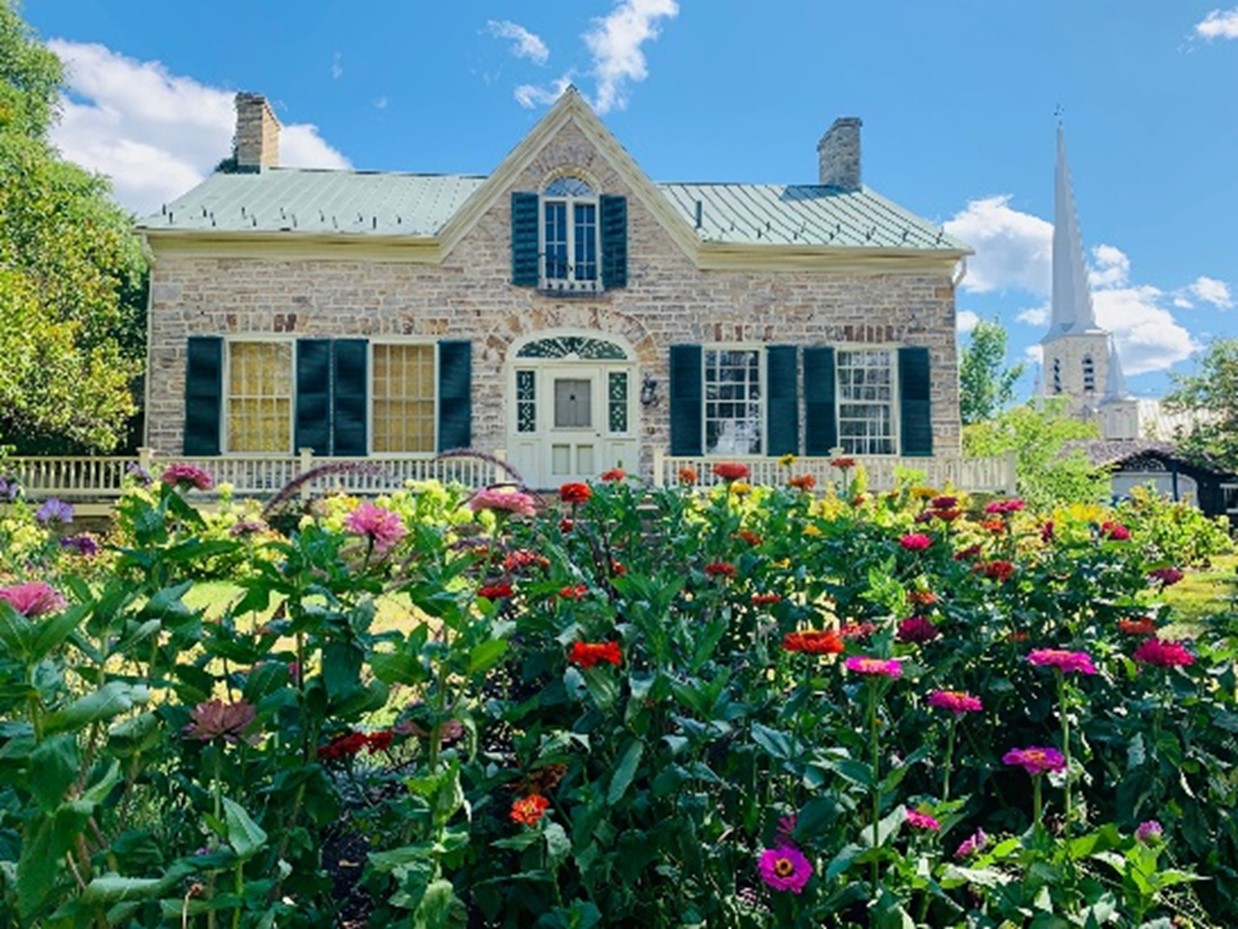3. Municipal Register of Heritage Properties
Identifying properties of cultural heritage value or interest is an essential part of a municipality’s role in heritage conservation. Municipal Registers provide a public record of properties that council has determined or believes to be of cultural heritage value or interest. The municipal register can also serve as a planning document that should be consulted by municipal decision makers when development proposals or permits are being considered.
3.1. What is the municipal register of heritage properties?
Section 27 of the Ontario Heritage Act requires the clerk of every municipality to keep a municipal register that includes all properties in the municipality that are designated under Part IV of the Ontario Heritage Act by the municipality or by the Minister of Citizenship and Multiculturalism.
For each property designated under Part IV, the municipal register must include:
- a legal description of the property
- the name and address of the owner
- a statement explaining the cultural heritage value or interest of the property and a description of the heritage attributes of the property (OHA, subsection 27(2))
The Ontario Heritage Act (subsection 27(3) also allows a municipality to include properties that have not been designated but that the council of the municipality believes to be of cultural heritage value or interest and which meets the prescribed criteria set out in Section 1, O.Reg 9/06 in its municipal register. For properties that are not designated under Part IV, all that the municipality is required to include on the municipal register is a description of the property sufficient to readily ascertain the property. However, the municipality must provide notice to the property owner which includes a statement explaining why the council believes the property to be of cultural heritage value or interest. Before including or removing a non-designated property, Council is required to consult with its municipal heritage committee. See section 3.4 for further details.
The clerk of a municipality is required to issue extracts from the municipal register (i.e., provide information on properties included on the municipal register) to any person on payment of the fee set by the municipality by bylaw. Municipalities are also required to make the municipal register available electronically through their municipal website. The Ontario Heritage Act does not set out requirements for the format of a municipal register – some municipalities post a simple PDF of heritage properties, while others have Geographic Information Systems (GIS) mapping.
Mapping properties on the municipal register using GIS or other cultural mapping can be a useful component of the broader data collection and management framework of the municipality.
Basics of a municipal register of heritage properties
- The Ontario Heritage Act requires that the municipal register include all properties that are designated by the municipality (under section 29) or by the Minister of Citizenship and Multiculturalism (under section 34.5) (OHA, subsection 27(2)). For each of these properties there must be:
- a legal description of the property
- the name and address of the owner
- a statement explaining the cultural heritage value or interest of the property and a description of the heritage attributes of the property
- The Ontario Heritage Act allows a municipality to include property that is not designated under Part IV but the municipal council believes is of cultural heritage value or interest and which meets the prescribed criteria set out in Section 1, O.Reg 9/06 on the municipal register. There must be a sufficient description description to readily ascertain the property (OHA, subsection 27(3)).
- A municipality may consider including properties that are subject to a heritage conservation easement.
- A municipality may consider including properties that have been, protected or recognized by provincial, federal or international jurisdictions (e.g. by a plaque), however this is not required.
- If a municipal heritage committee has been appointed by council, council must consult the municipal heritage committee before including a property that has not been designated under Part IV on the municipal register (OHA, subsection 27(4)).Council is also required to consult the municipal heritage committee when voluntarily removing a non-designated property from the municipal register (OHA, subsection 27(4)).
- There is a limitation on how long non-designated properties can remain on the municipal register. If a notice of intention to designate a property is not issued within the applicable timeframe, the property is automatically removed from the register. (Note that a property removed in this manner may still be designated, provided it has not been subject to a prescribed event application).
- Where a non-designated property has be removed from the municipal register, either because the maximum allowable timeframe has lapsed or because council voluntarily removes the property, it cannot be added again as a non-designated property for a period of five years from the applicable date.
- The municipal register must be posted on the municipality’s website, making it readily available to municipal staff and officials, property owners and the public.
- The municipal register can be a valuable tool for land-use planners, educators, tourism, and property owners. For example, it can be used to plan community events such as Doors Open, educational programs, commemorate historic events and anniversaries, promote a community, and encourage innovative development.
3.2. Why should a municipality include properties that have not been designated in its municipal register of heritage properties?
Including non-designated properties in the municipal register is a means to identify properties that have cultural heritage value or interest to the community. The municipal register is an important tool in planning for the conservation of heritage properties and provides interim protection from demolition or removal and an opportunity for further protection when certain development changes are proposed.
A comprehensive municipal register:
- recognizes properties of cultural heritage value or interest in the community
- demonstrates a municipal council’s commitments to conserve cultural heritage resources
- enhances knowledge and an understanding of the community’s cultural heritage
- provides a database of properties of cultural heritage value or interest for land-use planners, property owners, developers, the tourism industry, educators, and the general public
- should be consulted by municipal decision makers when reviewing development proposals or permit applications
- provides interim protection from demolition and removal allows the opportunity for designation of properties that become subject to prescribed events associated with certain development proposals under the Planning Act

3.3. How does inclusion in the municipal register of heritage properties provide interim protection from demolition or removal? (subsections 27(9)-(11))
Applications for building permits are made through a municipality’s building department and do not involve council, whereas the requirement under the OHA is for the property owner to provide council with the 60 days' notice. Therefore, municipalities are encouraged to develop processes for communication among the building department, the clerk’s office and property owners to ensure that applicants are aware of this 60-day notice requirement. This is particularly important given the Ontario Building Code makes compliance with the 60 day notice requirement applicable law for permit issuance, meaning that a building/demolition permit cannot be issued unless the 60-day notice requirement has been complied with. This delay provides the municipal council with the opportunity to enter into discussions with the owner about opportunities to consider conserving the property, including possibly initiating the designation process.
It should be noted that if an application is made for a permit under the Building Code Act, 1992 to demolish or remove a building or structure prior to the property being included on the municipal register, then this 60 days notice and restriction on demolition or removal does not apply.
3.4. What is the process to include properties in the municipal register of heritage properties?
When a property that has not been previously designated is included in the municipal register municipal council shall, within 30 days after including the property in the municipal register, provide the owner of the property with notice that the property has been included in the municipal register. (OHA, subsection 27(5-6))
The notice must include the following:
- a statement explaining why the council of the municipality believes the property to be of cultural heritage value or interest
- a description of the property that is sufficient to readily ascertain the property
- a statement that if the owner of the property objects to the property being included in the municipal register, the owner may object to the property’s inclusion by serving on the clerk of the municipality a notice of objection setting out the reasons for the objection and all the relevant facts
- an explanation of the restriction concerning the demolition or removal, or the permitting of the demolition or removal, of a building or structure on the property as set out in subsection 27(9)
The municipality must demonstrate that the property meets the Criteria for Determining Cultural Heritage Value or Interest found within section 1 of Ontario Regulation 9/06 under the Ontario Heritage Act when deciding which non-designated properties to include in the municipal register. The evaluation approach and criteria set out in the regulation can also help the municipality prepare the statement explaining why council believes the property is of cultural heritage value or interest. This will also provide continuity in the evaluation or properties on the municipal register that may later be considered for designation under section 29.
If the council of a municipality has appointed a municipal heritage committee, council must consult with its municipal heritage committee before a property that has not been designated under Part IV is added to the municipal register. (OHA, subsection 27(4))
Discussion with the broader community may also be helpful. For example, a municipality could hold a public forum to receive input on potential properties of cultural heritage value or interest to include in its municipal register.
Requests to include a property in the municipal register may come from anyone, including property owners, a municipal heritage committee, municipal staff, local historical societies or residents’ associations.
The owner of a property can object to their property being included in the municipal register under subsection 27(3) at any time. The owner shall serve on the clerk of the municipality a notice of objection setting out the reasons for the objection and all relevant facts. (OHA, subsection 27(7)).
3.5. How does a property get designated when it is subject to a prescribed event?
If a prescribed event occurs with respect to a non-designated property, a Notice of Intention to Designate (NOID) may only be issued if the property was already included in the municipal register as a non-designated property on the date of the prescribed event.
The 90 day timeline for a municipality to issue a NOID following a prescribed event would then apply. Municipalities and the property owner can agree to an extension of this timeline.
3.6. How long can non-designated properties remain on the register of heritage properties?
Municipalities are required to review non-designated properties within 2 years of being added to the municipal heritage register (where the property was added to the register on or after January 1, 2023). This is intended to encourage active management of the register.
The timeframe for municipalities to review legacy listed properties included on their register (i.e., those listed properties included on a municipal register as of December 31, 2022) is January 1, 2027.
If council does not issue a NOID within 2 years of being added, or by January 1, 2027 for legacy listed properties, the property must be removed from the register and cannot be put back on the register as a non-designated property for 5 years.
A non-designated property that has been removed can still be added as a designated property, with the exception noted above in section 3.5 relating to prescribed events.

3.7. What happens if there is a notice of objection?
If a notice of objection to inclusion on the municipal register has been served by the property owner under subsection 27(7), council shall:
- consider the notice and make a decision as to whether the property should continue to be included in the municipal register or whether it should be removed
- provide notice of the council’s decision to the property owner, in such form as the council considers proper, within 90 days after the decision. (OHA, subsection 27(8))
Following a notice of objection, although not required by the act, council has the opportunity to review and reconsider the proposed heritage property listing to determine if any additional information needs to considered or if any concerns, inaccuracies or discrepancies raised need further review.
3.8. Can provincially or federally owned/recognized heritage properties be included in the municipal register of heritage properties?
A municipal council may also choose to include other properties of cultural heritage value or interest on the municipal register that are not designated under Part IV, for example:
- properties subject to heritage conservation easements under Parts II or IV of the Ontario Heritage Act
- properties identified by the Province and prescribed public bodies as a provincial heritage property under the Standards and Guidelines for Conservation of Provincial Heritage Properties
- properties protected under federal legislation and/or recognized by federal jurisdiction, such as properties commemorated by the Historic Sites and Monuments Board of Canada
- UNESCO World Heritage Sites

Provincially-owned heritage properties are not subject to designation by municipalities. Despite this, the Ontario Heritage Act does not prohibit a municipality from including provincially owned heritage properties on the municipal register.
Provincially-owned heritage properties are protected under the Standards and Guidelines for Conservation of Provincial Heritage Properties, prepared pursuant to Part III.1 of the Ontario Heritage Act. These Standards and Guidelines set out the criteria and the process for the identification of provincial properties that have cultural heritage value or interest, and set standards for the protection, maintenance, use and disposal of these properties. These Standards and Guidelines apply to property that is owned or controlled by the provincial government. All provincial ministries and prescribed public bodies listed in Ontario Regulation 157/10 must comply with these Standards and Guidelines.
Including a provincially owned heritage property (i.e. a provincial heritage property) or federally-owned or recognized property in the municipal register indicates to the Province or Federal government, as the property owner/manager, that the property has cultural heritage value or interest to the local community. The Standards and Guidelines for Conservation of Provincial Heritage Properties require that decisions regarding provincial heritage properties be made in an open, accountable way, taking into account the views of interested persons and communities.
